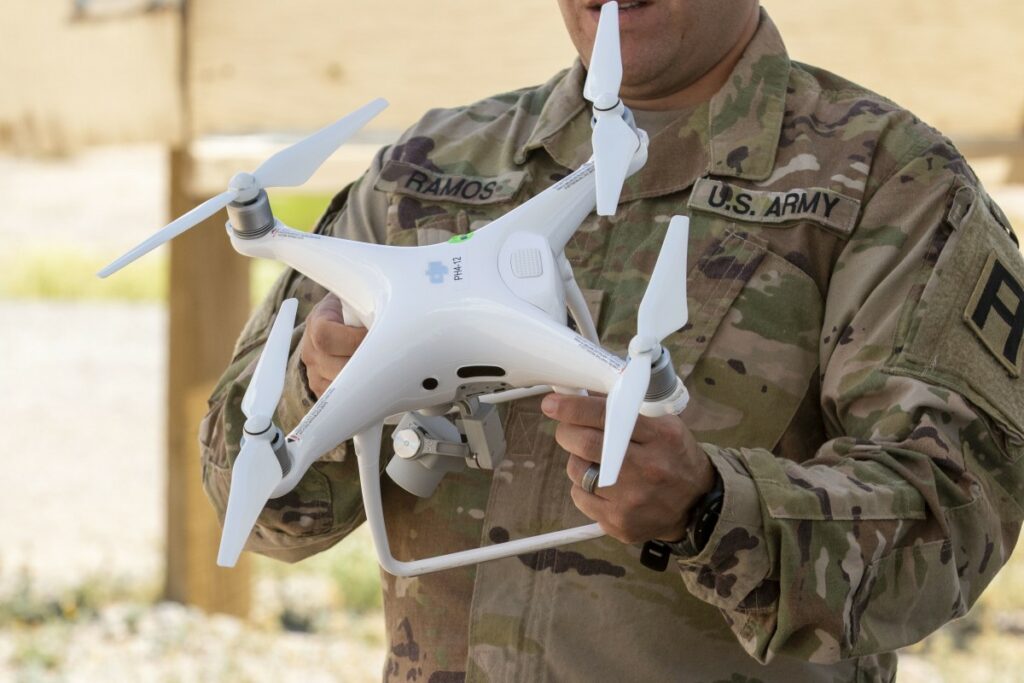Whether used by hobbyists for recreation, businesses for package delivery, and even social distancing compliance during the COVID-19 pandemic, small, unmanned aircraft systems (sUAS) also have potentially sinister purposes such as intelligence gathering, interfering with air travel, and combat applications.
The skies are increasingly humming with the sound of these easily-operated, relatively cheap, and widely available drones.
Determining whether these vehicles are friend or foe and how to counter potentially hostile drones has become an increasing challenge.
DoD Discusses Drone Defense Strategy with Industry
The Department of Defense (DoD) discussed the need for an integrated approach in coping with this rising challenge at a virtual Industry Open House held with industry insiders on October 30.
Emphasizing the need for joint solutions with more than 500 industry representatives in the development of Counter small Unmanned Aircraft Systems (C-sUAS) technology, Gen Joseph Martin, Vice Chief of Staff of the Army, said, “We’ve got to be agile as the adversary changes his technology, his tactics, his techniques, and his procedures.”
To respond to these challenges, the DoD is working towards coordinated response capabilities for immediate and precise detection, tracking, identification, and elimination of dangerous sUAS.
The Department is utilizing an “enterprise approach” to develop a joint C-sUAS strategy with the Army-led Joint C-sUAS Office and the Army Rapid Capabilities and Critical Technologies Office (RCCTO).
This involves “establishing joint solutions within a common architecture” across military services and with an array of industry partners” as outlined in its soon-to-be-released “C-sUAS operational requirements document.”
DoD leadership is proceeding with 10 initial joint C-sUAS systems for continued investments upon approval in June of a capabilities operational assessment of C-sUAS currently in the field.
Additionally, “three common test ranges have been selected and a task force was also established to identify possible urban test locations,” officials said.
The JCO and RCCTO plan one to two test events per year, with the first set for the second quarter of Fiscal Year 2021.



